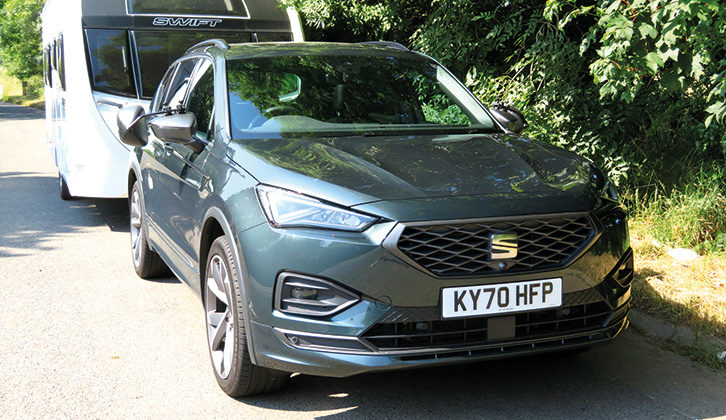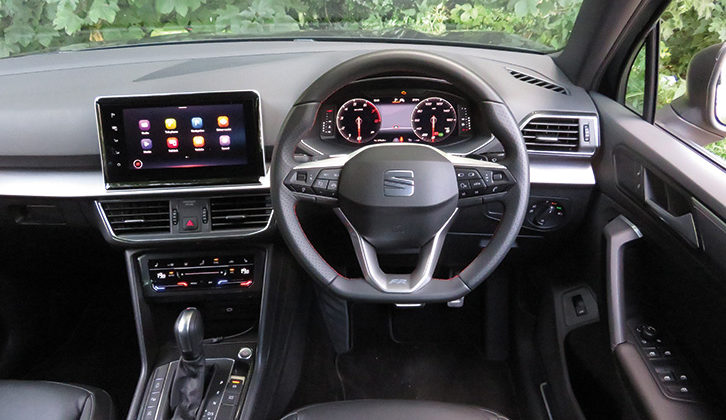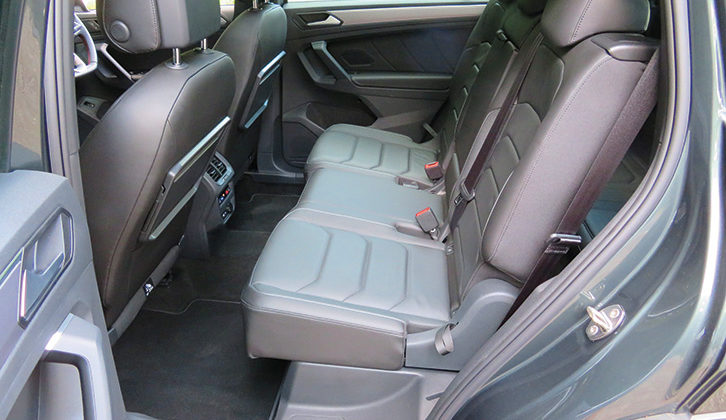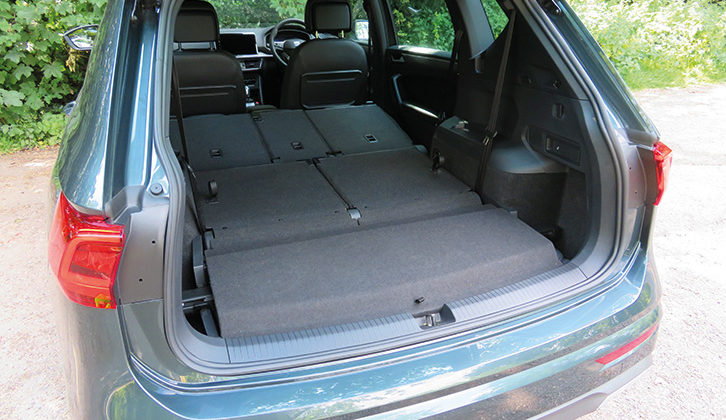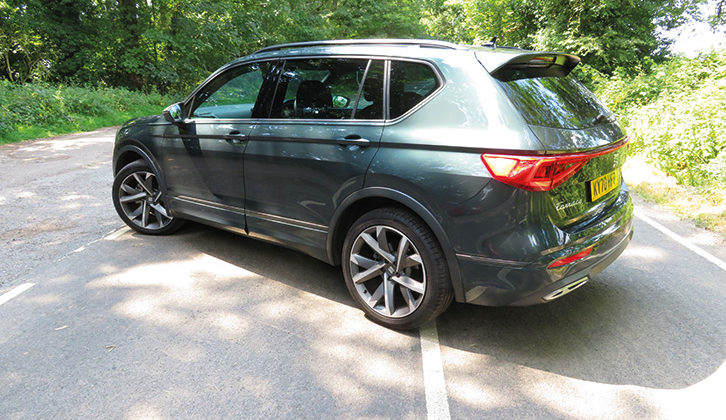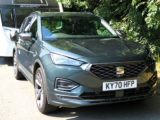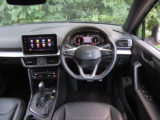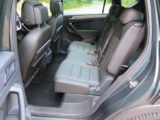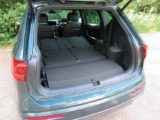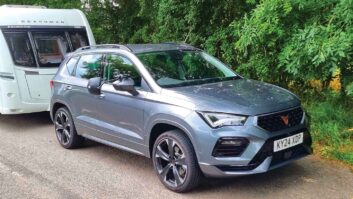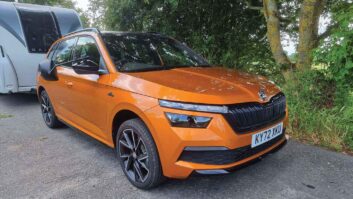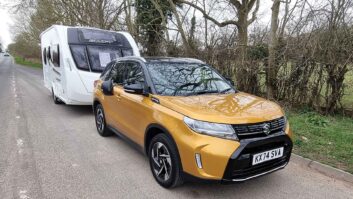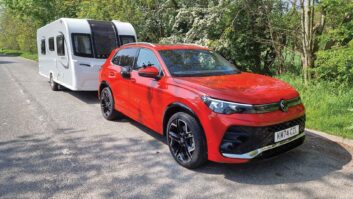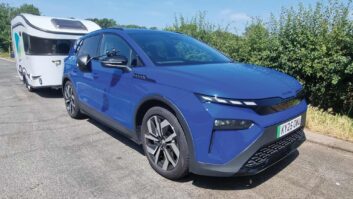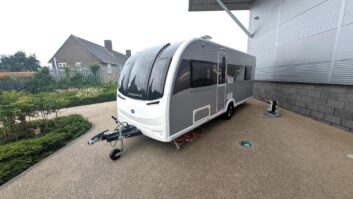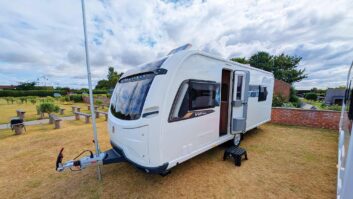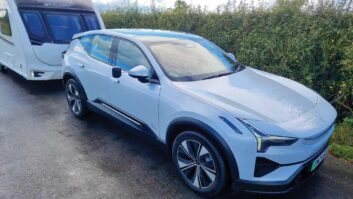Seat has added some extra tech to certain versions of the Tarraco SUV, but essentially there have been no major changes to the car. However, this is our first chance to tow with one of the front-wheel-drive petrol versions. These cars are cheaper to buy than their diesel 4×4 counterparts, and in the case of the Seat Tarraco 1.5 TSI FR Sport 150PS DSG tested here, the towing limit of 1800kg is still healthy.
Towing ability
The Tarraco may be a seven-seat SUV, but it’s surprisingly light if you decide on the front-wheel-drive petrol version.
Our 1.5 TSI FR Sport DSG’s kerbweight of 1656kg gives an 85% match figure of 1408kg, well below the 1800kg legal maximum.
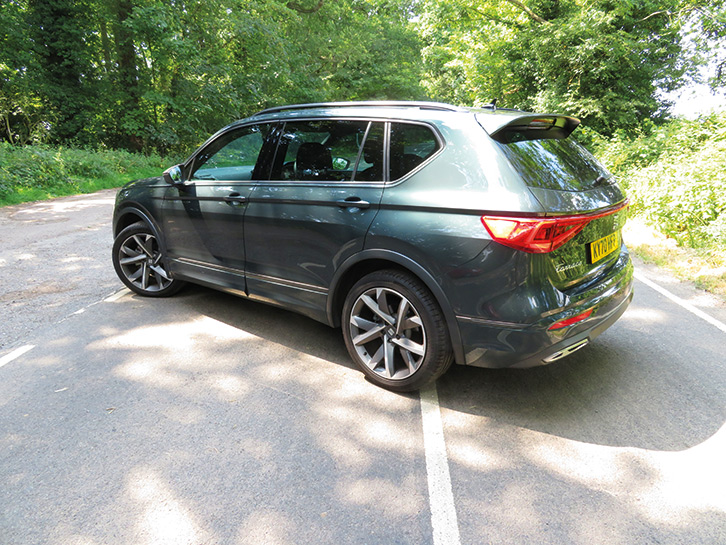
We matched the Tarraco to a Sprite Super Major 4 SB with a MiRO of 1390kg, within a few kilos of being bang on an 85% match.
Out on the road, first impressions were good. The DSG auto changed gear smoothly and the 1.5-litre turbocharged petrol engine pulled strongly in the mid-range. To really get a move on, it needs more revs than the equivalent diesel would, but it’s a smooth and refined engine so that’s no great chore.
The hillier the route became, the more often we slipped the gearbox from ‘Drive’ to ‘Sport’, because this held a lower gear for longer when pulling up a slope.
So far so good, but it underperformed in the hill start test. The electronic parking brake held firm and released smoothly, but the car struggled to get going without spinning its wheels.
You don’t expect a front-wheel-drive car to handle a hill start with the ease of a 4×4, but even so, we were surprised the Tarraco was short of traction in the dry. Tackling the same 1-in-10 slope in wet weather could have been very hard work.
On the motorway, the Tarraco comfortably held 60mph, and was mostly stable. There were a few side-to-side fidgets overtaking HGVs, however. We never felt the caravan was about to start pushing the car around, but this version of the Tarraco didn’t tow with the quiet authority you expect of the best SUVs. The diesel 4×4 model we tested a couple of years ago was far more stable, helped by weighing almost 200kg more.
On the plus side, manoeuvring the Seat proved easy enough, and the reversing camera makes hitching up on your own straightforward. The towball drops down at the press of a button, although you lock it into position by hand.
The electrics are mounted on the side, where they are easy to access. There’s none of the faff you get with separate fold-down electrics that try to rotate back when you twist the plug into place.
Solo driving
In the past, we’ve criticised the Tarraco for an overly stiff ride. While this FWD model is definitely on the firm side, it seems to be lighter on its feet than the diesels that we have tested before.
You notice the firm ride most around town, where potholes are really felt with a thump. Things are smoother as speeds rise, and the Tarraco feels controlled and composed over dips and crests.
It handles well, although perhaps lacking the verve of Seat’s smaller Ateca.
Freed from the extra weight of a caravan, you really appreciate the 1.5-litre engine. There’s enough punch for brisk overtaking, and the engine sounds smooth even when revved hard. Wind and road noise are kept to low levels, making the Tarraco an able motorway cruiser.
Practicality
If you often need to use seven seats, you’ll find the Hyundai Santa Fe and Kia Sorento are roomier. However, if the third row is kept for occasional lifts or taking the kids’ friends to five-a-side practice, then seats six and seven offer extra flexibility.
With every seat occupied, the five-a-side team will just about be able to squeeze their football kit into the boot, but you certainly won’t find the space for all of the family’s holiday clobber. However, with back seats lowered, there’s lots of room for bags. You can stow the parcel shelf beneath the boot floor to allow you to load to the ceiling.
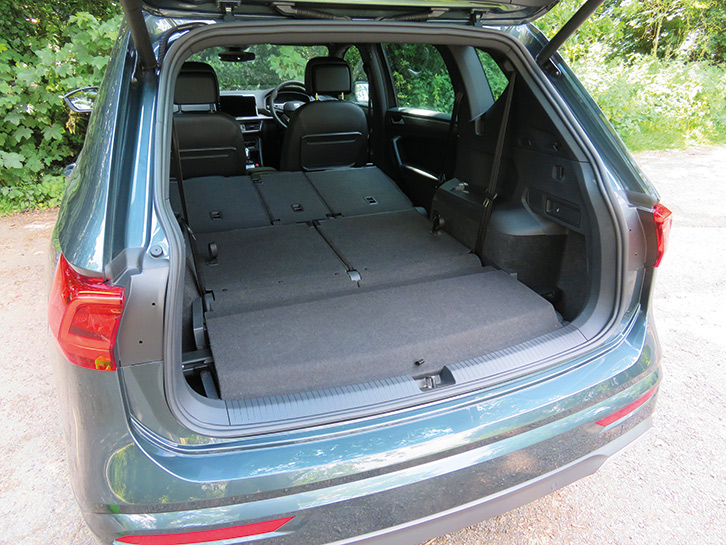
The middle row tilts and slides back and forth on runners, so you could trade a bit of legroom in the second row to make those in the back less cramped.
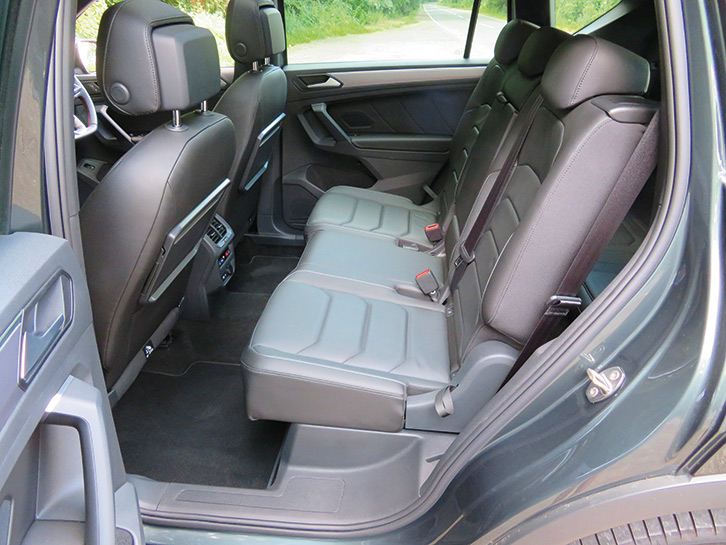
With the seats all the way back, there’s lots of space for adults to relax, although the thick transmission tunnel will get in the way if you’re travelling with three second-row passengers.
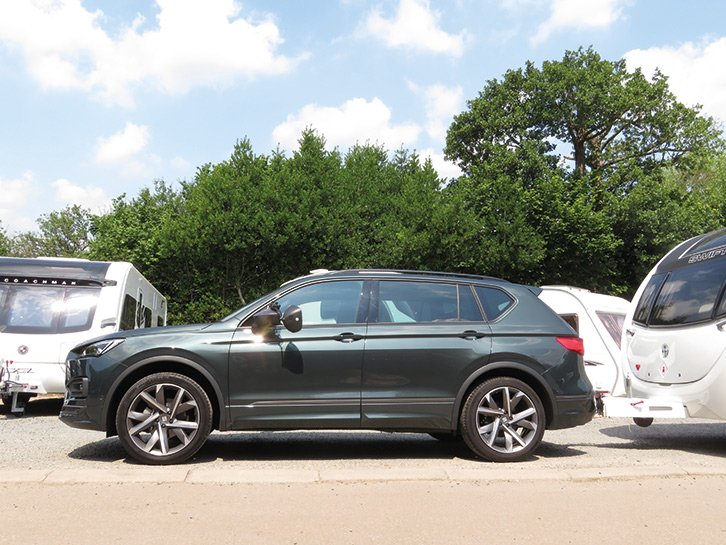
Up front, the driver and passenger have plenty of room to stretch out, and lumbar adjustment is standard.
Seat keeps the air-conditioning controls separate from the touchscreen, but the Tarraco uses touch-sensitive pads, which are fiddlier to operate than buttons.
Owning
FR Sport is towards the middle of the Tarraco range, and comes with 20-inch alloys, leather upholstery, sat nav, climate control, adaptive cruise control and more.
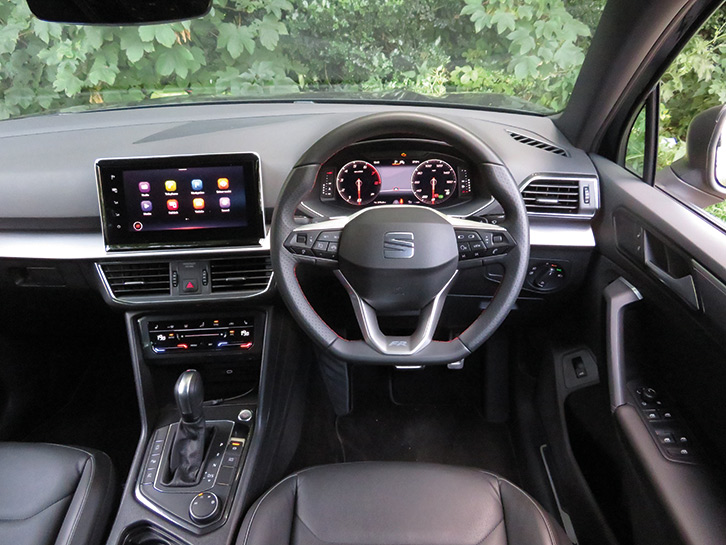
The official combined economy figure of 34.9-37.7mpg is reasonable for a petrol car of this size, but a long way off what the diesel can achieve. While towing, we saw 21.4mpg.
Verdict
The Tarraco is a solid family SUV, and this model is refined and good value. Budget allowing, though, one of the diesel 4×4 models would make a better tow car. If you’re still looking for some inspiration, be sure to check out our guide to the best tow cars for caravans.
Technical spec
- Price £37,415
- Kerbweight 1656kg
- 85% of kerbweight 1408kg
- Gross vehicle weight 2290kg
- Max towing limit 1800kg
- Gross train weight 4090kg
- Towball limit 80kg
- Boot size min/max 230/1775 litres
- Payload 634kg
- Test conditions Dry
- Engine size 1498cc
- Power (hp)/rpm 150@500-6000rpm
- Torque (lb ft)/rpm 184@1500-3500rpm
- Official combined economy 34.9-37.7mpg
- Towing economy 21.4mpg
- CO2 emissions 170g/km
- First year car tax £555
- Second year car tax £155
- Insurance group 20E
- Euro NCAP rating (2019)
Or you could try these:
Kia Sorento: We liked the stable towing provided by the updated Sorento.
Suzuki Vitara: This stable tow car comes with the Allgrip 4×4 system, ideal if you want to tour in all weathers.
If you’ve enjoyed reading this article, why not get the latest news, reviews and features delivered direct to your door or inbox every month. Take advantage of our brilliant Practical Caravan magazine SUBSCRIBERS’ OFFER and SIGN UP TO OUR NEWSLETTER for regular weekly updates on all things caravan related.
Manoeuvring the Seat proved easy enough, and the reversing camera makes hitching up on your own really straightforward
Technical Specifications
| Engine Size | 1498 cc |
| Kerbweight | 1656 kg |
| 85% KW | 1408 kg |
| Towball Limit | 80 kg |
| Maximum Towing Limit | 1800 kg |
| Power | 150 bhp |
| Torque | 184 lb ft |
| Offical MPG | 34.9-37.7 mpg |
| Towing MPG | 21.4 mpg |
| CO₂ | 170 g/km |
